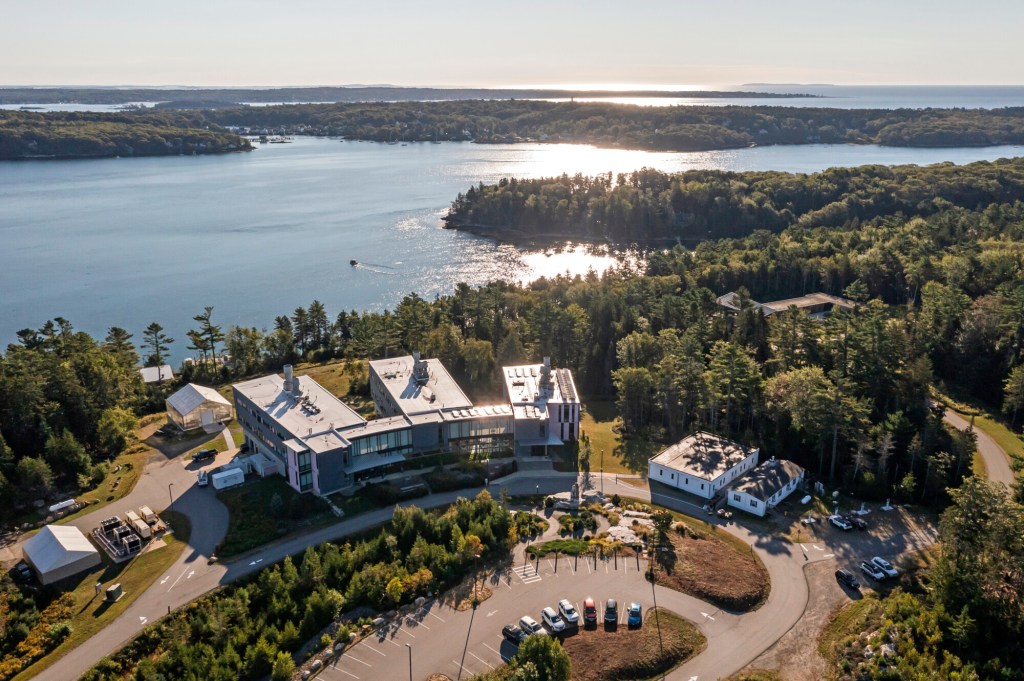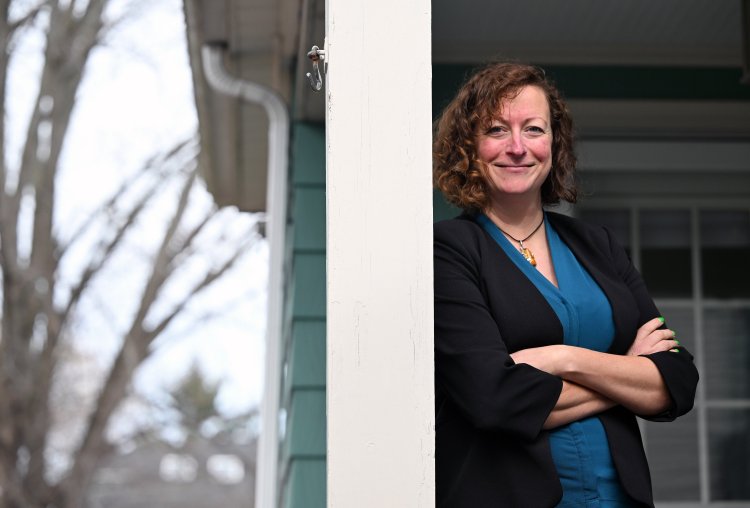Bussiness
Bigelow lab receives $7 million for algae research, business development

Researchers at Bigelow Laboratory for Ocean Sciences believe algae can make a big splash in the agricultural, aquaculture and pharmaceutical industries, and now they have the funding to help prove it.
Bigelow Laboratory has received $7 million in federal funding from the U.S. National Science Foundation to build the Maine Algal Research Infrastructure and Accelerator, which will focus on research, training, innovation and workforce development, the lab said.
The funding is part of a $38 million award given to researchers in Maine, Rhode Island, Mississippi, New Mexico and Puerto Rico as part of the Science Foundation’s Established Program to Stimulate Competitive Research. The program aims to enhance research facilities, expand networks, support workforce development and accelerate economic growth among 28 states and territories that have historically received less funding for scientific research.

Beth Orcutt, the vice president of research at Bigelow Laboratory for Ocean Sciences in Boothbay, says “there is so much potential for what algae can do to solve problems, and we wanted to double down on that.” She was photographed in March. Shawn Patrick Ouellette/Staff Photographer
“We looked at that (program) and saw there was a unique niche that we could help the state fill,” said Beth Orcutt, vice president of research at Bigelow. “There is so much potential for what algae can do to solve problems, and we wanted to double down on that.”
Bigelow is a nonprofit, independent oceanography institute in Boothbay, exploring scientific topics that range from marine microbes to the large-scale processes that drive ecosystems and the health of the planet.
The lab is home to the National Center for Marine Algae and Microbiota – a distributor of marine algae for scientists – and has sold its cultures in 58 counties. Orcutt said it houses the world’s most genetically diverse collection of algae. The center also offers consulting, contracted research and intellectual property development. The commercialization helps the nonprofit laboratory fund additional research.
Seaweed aquaculture is booming in Maine. The state has quickly become the largest U.S. producer of farmed kelp, harvesting just under 1 million pounds, or 453 wet tons, in 2022, up from just under 53,000 pounds, or 24 tons, in 2018.
Maine harvesters and manufacturers take the seaweed and turn it into veggie burgers, Korean-inspired seaweed salads and other food products.
But scientists are hoping to unlock more ways the macroalgae and its microscopic counterpart can be used and ultimately marketed.
Algae are somewhat mysterious – they produce tens of thousands of compounds with unknown functions and therefore unknown potential.
“Understanding these compounds and their roles so that they can be used is at the core of this new effort led by Bigelow Laboratory,” said Michael Lowmas, a senior research scientist at Bigelow.
Some scientific studies have shown that the compounds have beneficial pharmaceutical properties used for killing cancers, bacteria and fungi, and reducing inflammation. But there’s little understanding about which of the compounds – or which mix of compounds – is having the effect, he said. Bigelow scientists hope the research can aid the pharmaceutical industry.
Another algal compound creates a red pigment called astaxanthin that belongs to a group of chemicals called carotenoids. That red pigment is what makes salmon pink. In the wild, it’s part of their diet, but some farmed salmon are fed a synthetic form of the pigment to get their signature hue.
“What if we could come up with better ways of growing the algae in culture to make that pigment to feed to farmed fish to make them naturally pink like they would be if you caught them in the wild?” Orcutt said.
Bigelow researchers are also studying whether algae can be used in livestock feed to reduce methane emissions from burping cows and whether it can impact milk production.
It also has potential environmental uses. Some researchers believe it can be used to make biofuel. Algae are known carbon capturers, so Orcutt said there are ongoing studies about how it can help reduce carbon dioxide emissions.
“Really, the landscape is wide open,” she said.
Some companies are already exploring ways to use algae.
Everything Seaweed, or EvSe, for example, hopes to use seaweed cellulose nanofibers as a replacement for PFAS coating on food packaging and eventually as a texturizer in skincare.
Ocean Organics processes seaweed to use in its plant fertilizer.
OPPORTUNITIES IN A BLUE ECONOMY
The rapid expansion of the so-called “blue economy” can provide numerous opportunities for other socially conscious start-up companies, Bigelow told the National Science Foundation.
“A fundamental challenge to advancing algae in the blue economy is identifying how to connect and support continuing interactions between research institutions, business training/creation entities and institutions of higher learning,” Bigelow said. “This challenge is particularly problematic in Maine, where these entities are spread over a large, sparsely populated and aging state. The Maine Algal Research Infrastructure and Accelerator (MARIA) project tackles this challenge.”
The accelerator will be run by Lowmas and Manoj Kamalanathan, also a senior research scientist.
Sens. Susan Collins and Angus King said in a joint statement Wednesday that the grant will help Bigelow “harness the power of algae” by unlocking new potential for Maine’s agriculture, aquaculture and pharmaceutical industries.
“Maine is uniquely positioned to be a leader in the aquaculture and biochemistry industry and the addition of Bigelow Laboratory’s algal accelerator is another example of our cutting-edge innovation,” they said. “Not only will this research help drive new approaches to commercial algae use, but it will also open the door to workforce opportunities between local farmers, algal companies and our premier research institutions.”
Bigelow is collaborating with several institutions that also received some of the funding, including: Mount Desert Island Biological Laboratory, the University of New England, Colby College, Southern Maine Community College, Maine Center for Entrepreneurs, Gulf of Maine Ventures and the Maine Technology Institute.
Bigelow is in the midst of a $30 million expansion of its campus. The 25,000-square-foot addition will add sorely needed space for a rapidly growing team of scientists, as well as broaden its education, research and workforce development capabilities. It’s slated to open in spring 2025.









